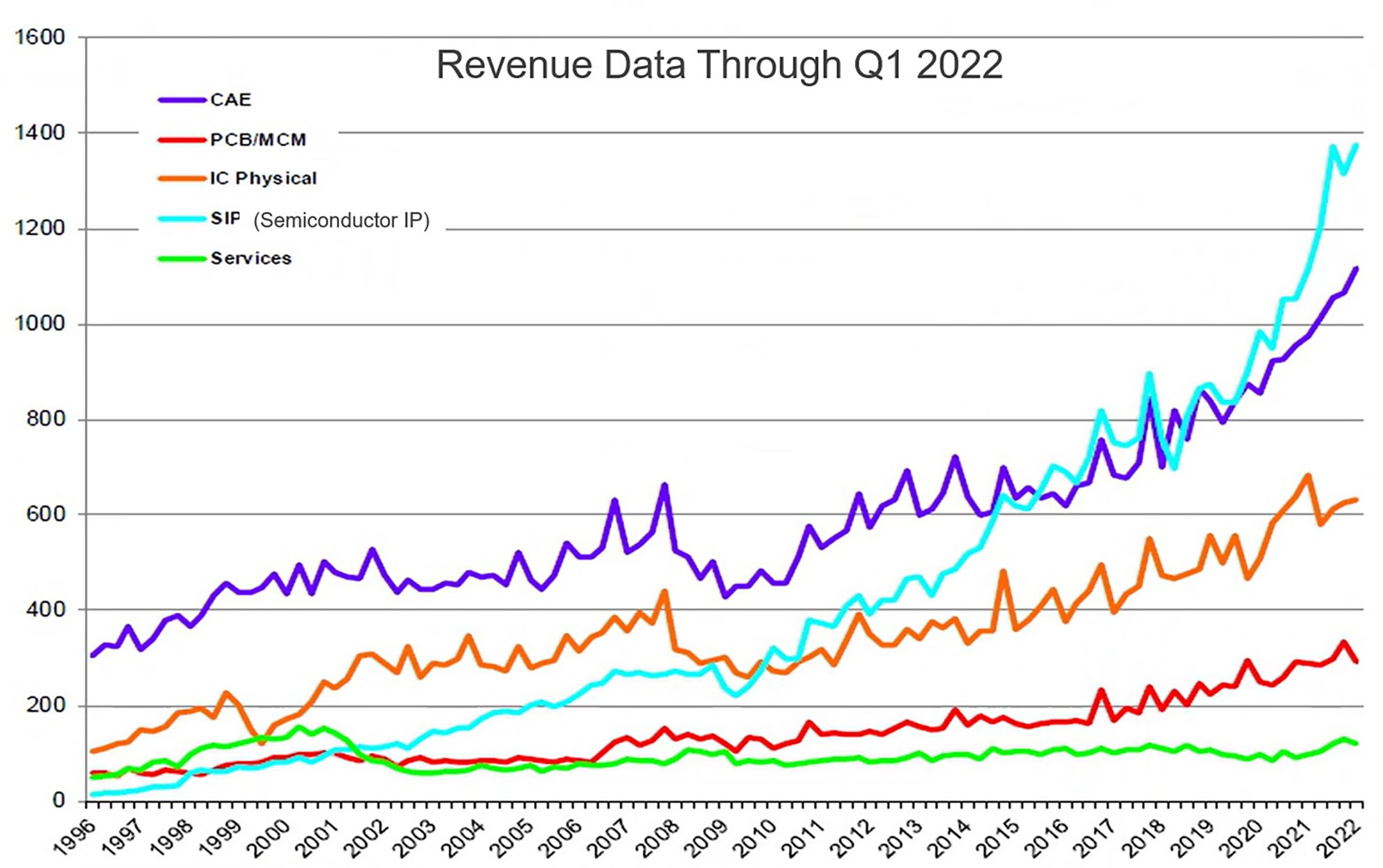ESD Alliance serves the needs of chip, package, and manufacturing engineers.
It’s a great time to be a chip designer or a verification engineer, even though these jobs are increasingly more difficult as challenges get tougher and the need to bring design, packaging, and manufacturing closer together becomes more acute. In parallel, competitive time-to-market pressures continue to demand ever shorter schedules.
Fortunately, engineers rarely run from a challenge. They’re also captivated by new applications for chips growing exponentially in various markets, including the popularity of an open-source instruction set architecture (ISA) known as RISC-V that highlights the catchphrase “Democratization of Chip Design.”
The electronic system design (ESD) market that supports chip design and verification via electronic design automation (EDA) tools and semiconductor IP is also entering an exciting period. The ESD market is hot again. Demands for automation tools and IP are rising as chip and system complexity increases. ESD is where electronics begins and is a vital component of the global electronics industry. With industry revenue at approximately $13 billion, ESD is small but mighty and serves the needs of a disparate ecosystem of chip, package, and manufacturing engineers that develop products driving the $2 trillion global market for electronic products. As a result, all EDA and Semiconductor IP product categories increased revenue in Q1 2022, according to the most up-to-date SEMI Electronic Design Market Data report.
Through supply chain shortages, semiconductor downturns, and semiconductor companies looking more like systems houses and vice versa, electronic system design suppliers globally are the much-needed problem solvers. They supply state-of-the-art design and verification tools and IP for the chips, printed circuit boards, and multi-chip modules that power leading edge electronic systems and products. Hardware-assisted verification (solutions that include hardware emulation and FPGA prototyping) can handle hardware/software co-design. Front-end design solutions enable the ability for designers to effectively implement a “shift left” methodology where more of the critical design decisions occur early in the design cycle.
Semiconductor manufacturers continue to push the envelope on new processes that deliver new levels of performance. The electronic system design community is responding, as always. ESD companies play a pivotal role in this push by providing the essential technologies, methodologies, and design automation tools to support these new processes.
New applications are especially encouraging to engineers who love a challenge. With AI chips and AI techniques now giving design tools a huge boost, it was inevitable that applications for semiconductor-based solutions would ignite, and they are. Applications for cloud-based computing, automotive electronics (including autonomous driving), and 5G and 6G communications seem almost commonplace today. Up next is MedTech where funding is going into chips for drug discovery, patient monitoring, and remote access among other applications. Applications involving IoT and edge computing are a particularly attractive area as data processing moves down from the cloud and is located where the data is collected in real time.
Security and safety are other application areas that are growing rapidly and attempting to stay one step ahead of threats and breaches, while minimizing the occurrence and consequences of accidents such as roadway collisions.
The most galvanizing new application space may be the open-source silicon movement that has the potential to democratize chip design. This is expanding the community of specialized designers to an environment of creative enablement where anyone anywhere with innate skills can get their chip designs into silicon. It’s likely that this movement and subsequent innovations will empower the semiconductor and electronic system design communities to think differently.
All told, chip design never looked more appealing. Recent industry events, including SEMICON West and the Design Automation Conference, seemed to bear this out. Both were filled with young, enthusiastic engineers from many parts of the world eager to launch themselves into careers in electronics. In many ways, this could be considered the “Golden Age of Chip Design.”

